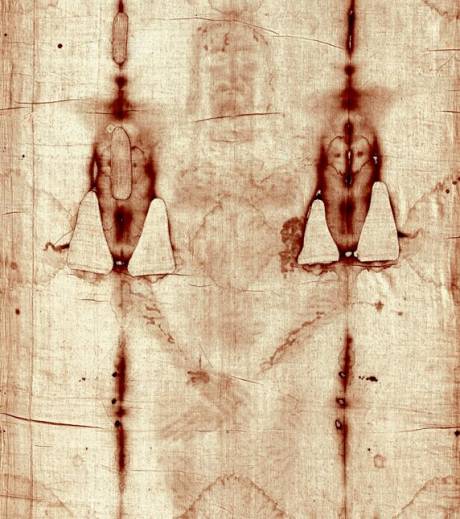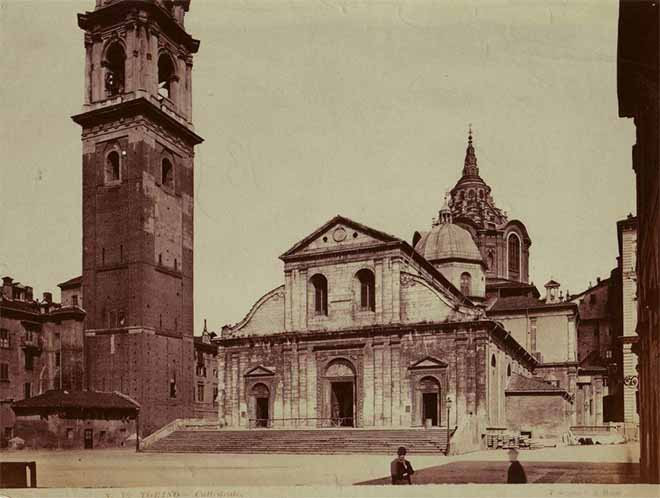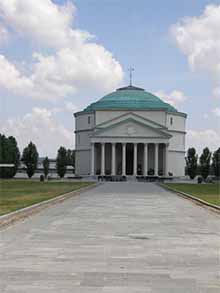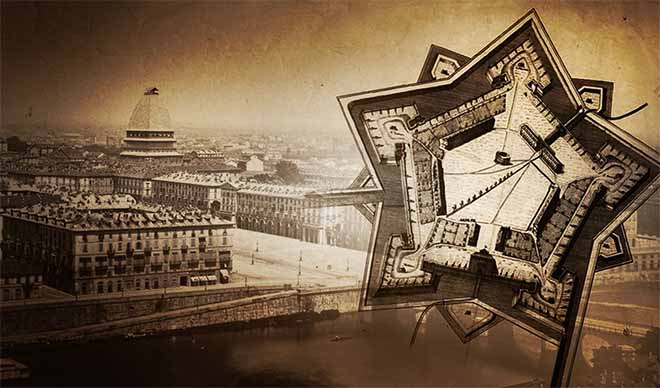Turin City
Occultism in Italy

Turin, nicknamed the Magic City, is a locality in Italy at the center of a great number of esoteric myths. Its reputation as an occult city is not only due to illustrious figures like Nostradamus and Count Cagliostro but also to its baleful aura and its Egyptian roots. For a long time, legend has it that Turin is home to secret satanic sects who perform black masses in the city's parks. It is even said that a large part of Turin inhabitants are under the influence of the devil. People visiting the Ancient Egyptian Museum in Turin, the second largest in the world after the Museum of Cairo, frequently report being the victim of a curse. Even Pope John Paul II asserts, on his return from Turin, that a Luciferian atmosphere emanates from this place.

But besides the funereal aspect generally conferred to this mysterious city of Italy, Turin also exhibits a more resplendent side as evidenced by Piazza Vittorio Veneto and Piazza Castello where are located the Royal Gardens, the Royal Library and the Royal Theater as well as the Royal Church of Saint Lawrence. It is also in Turin that the Holy Shroud (Shroud of Turin) is preserved at Cathedral of Saint John the Baptist and where one would find the key to the enigma of the Holy Grail.

From Egypt to Italy
Among the greatest mysteries related to the city of Turin is that of its ancestral links with Egyptians. According to some, Pharaoh Horus founded Turin at the intersection of two rivers (Po and Dora Riparia) to build a temple for the divine bull Apis. But Baron Filiberto Pingone asserted in Augusta Taurinorum that the first Egyptian colonies in Italy were established around the year 1529 BC in Liguria by Fetonte (Eridano). Ancient mythology tells that Fetonte would drown in the river Po (Eridano) after losing control of a stolen cart, the Sun. Perhaps the tragic death of Fetonte is at the origin of the curses reported by tourists who go to the Egyptian Museum of Turin. 
Piazza Statuto
Turin owes some of its bad reputation to Piazza Statuto, built above the remains of an old Roman necropolis and used for hundreds of years to execute those sentenced to death. It is one of the most mystical places in Turin and on its periphery lies the Mausoleum of La Bela Rosin and the ghost park where apparently satanic rituals take place in the early hours of the morning.
Alchemical grottos
The city of Turin would not be called magical if it weren't for its alchemical practices which took place since dawn of time in the innumerable underground galleries bordering the heart of the metropolis. No less than a dozen entrances, mostly treacherous, would lead to these alchemical grottos. It is in these famous caverns of Turin that memorable alchemists as Giuseppe Balsamo (Count Cagliostro), Fulcanelli, Paracelsus and Nostradamus would have developed their disciplines and it is also in these catacombs that some became insane, like German poet Friedrich Nietzsche.
An amazing occult scheme

In Piedmont, Italy, magic and esotericism come together to give Turin all its luster and notoriety as an occult city. First of all, an architect of Australian origin noticed that by installing high lasers on Castle of Moncalieri, Castle of Rivoli, Royal Palace of Venaria and Palace of Stupinigi as well as at the top of Basilica of Superga, rays intertwine and form the symbol of a star in the celestial vault. In addition, if one places Turin on a world's map, the city is at the intersection of white magic triangle connecting Turin to Lyon and Prague and black magic triangle passing through San Francisco and London. Finally, Roman sketches arranged the four entrances of the city according to the compass rose and everything fits perfectly with the 45th parallel which aligns with the column of Piazza Statuto. All these combined elements make Turin a truly unique place on Earth and the world capital of occultism and magic.









































































































































































































































































































































